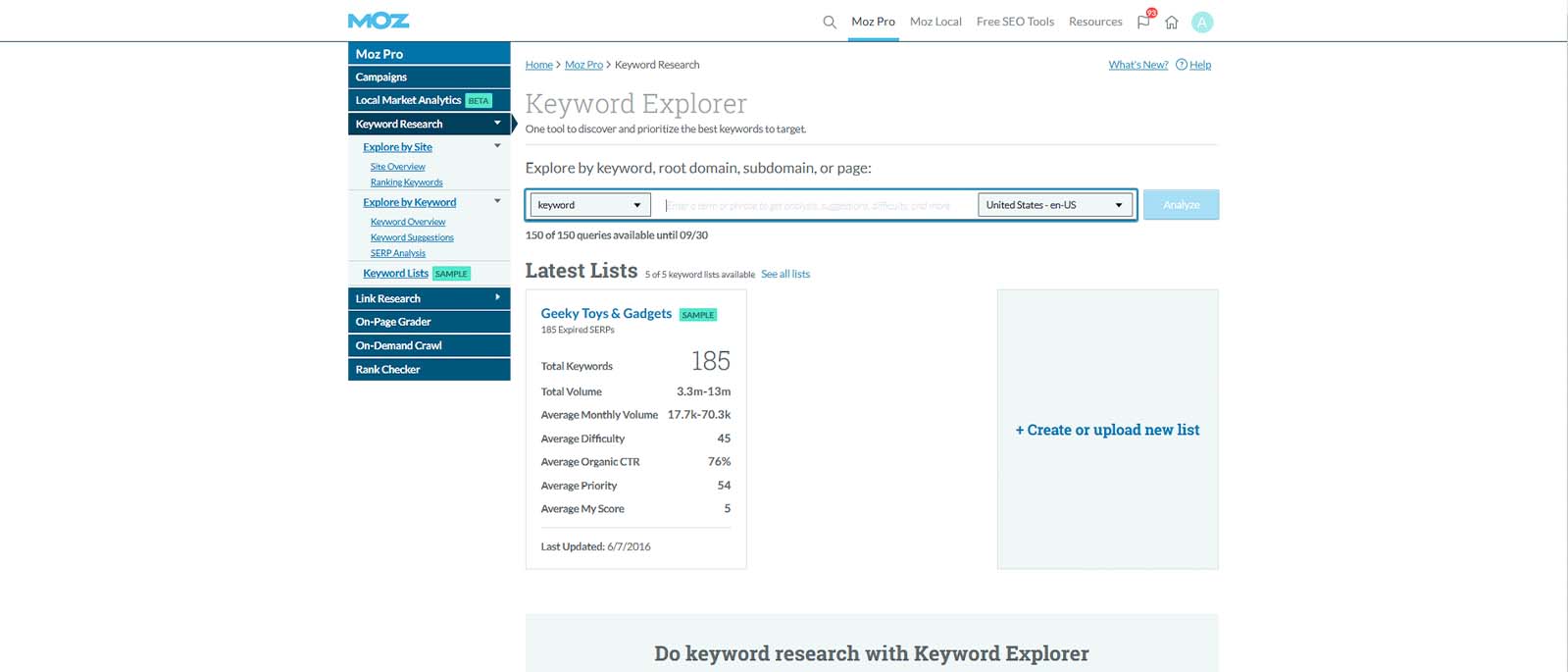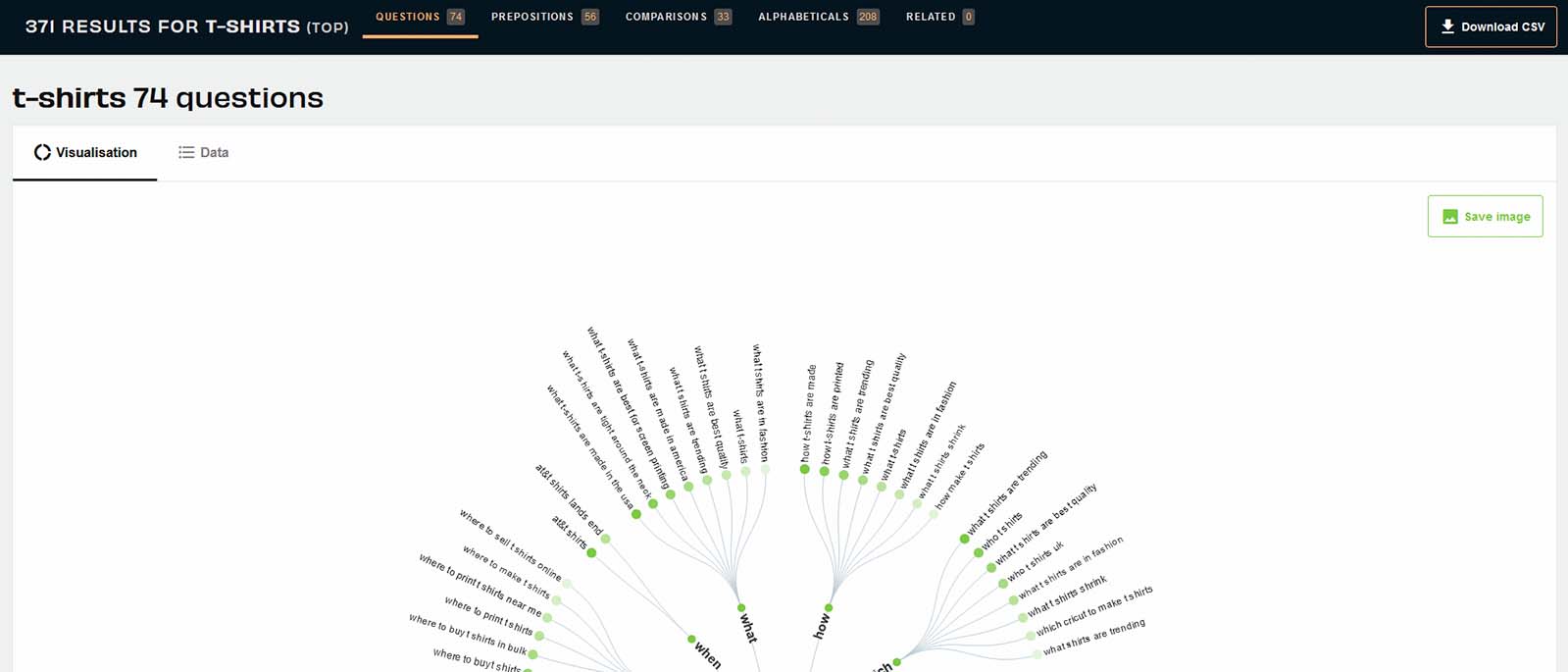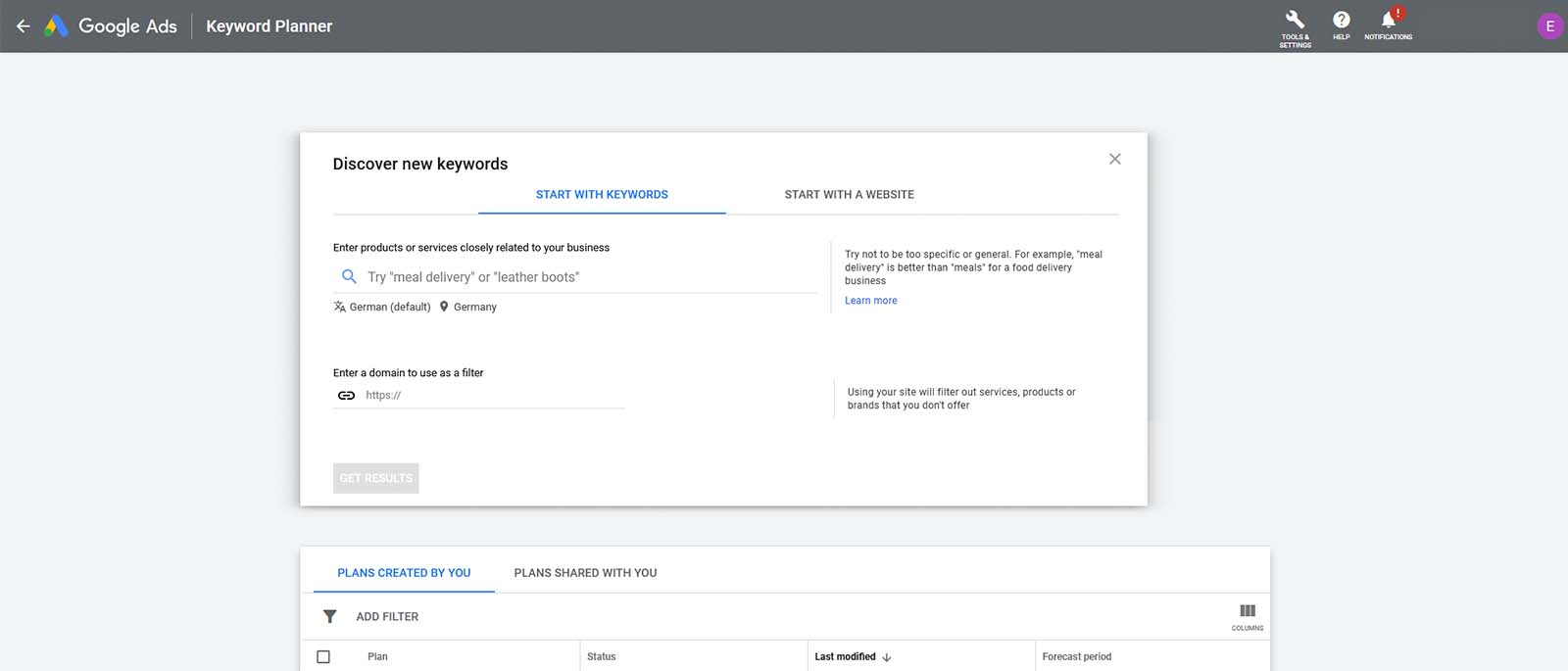What is SEO and why does it matter for my print-on-demand business?
If you’re reading this, then chances are you have a website. Or you’re planning to have a website.
And if you have a website or online shop, then you want people to visit it, right? A lot of people. And you want them buy things while they’re at it. A lot of things. But just like a real brick-and-mortar store, you won’t get customers to visit your shop if they can’t find it.
If your store is in a basement down a back alley with no signs, you won’t get much foot traffic. And if your online shop isn’t optimized for search engines, that’s exactly where it’s located on the internet. SEO acts like a neon sign with blinking arrows for your online shop, and can even help you relocate it from the dingy alley to main street. The better your online location and the brighter your online “neon signs” are, the more customers will find you and buy from you.
SEO Fundamentals
SEO stands for Search Engine Optimization. To optimize your website for search engines, you need to edit the text on your webpage and optimize several other important factors behind the scenes. This will make it easier for people to find your online store. The goal of SEO is getting your page to appear on the Search Engine Results Page (SERP) when people search for keywords related to your site. And the higher up on the SERP your site appears, the better your ranking— and the more people will visit your site.
SEO will increase traffic to your site from the major search engines like Google. We’ll mostly be focusing on Google here, as the tech giant currently takes up a whopping 92.6% of the market. Getting more visitors through Google is essential because the majority of website traffic stems directly from search engines – more than paid advertisement.
SEO is free and, if it’s done well, will be a lasting process of tweaks and improvements that will bring more and more visitors to your site over time.
Ready to dive in? Here’s your crash course on SEO. By the time you’ve read this article, you’ll be ready to get more visitors to your online shop just by making a few simple changes.
Understanding SERP
A Search Engine Results Page is what you see when you ask Google for information. Here’s a breakdown of SERPs to get us started. The most important elements of this page are highlighted here, including the meta title, meta description and paid results.
Getting Started
There are three essential starting points of SEO: the meta title, the meta description, and the H Tags. Let’s take a look at each one and go through a few quick tips for improving each element and getting more visitors to your site.
1. Meta title
As you can see on the diagram above, the meta title, also called the “title tag” is the blue linked text that appears listed on Google. The meta title is the biggest clue for Google as to what your site is about. It also appears in browser tabs and in previews when your page is linked on other websites. If you think of your website like a book, this is the title. And like a customer browsing in a bookshop, you want your title to grab your reader’s attention, give them information about the contents and get them to look closer.
Quick tips for a good meta title:
- Stick to a title length of 55-60 characters (including spaces!)
- Use relevant keywords to explain your website accurately
- Write unique and simple titles that make people want to click
2. Meta description
A meta description describes the content of a web page. The meta description shows up below the title and URL of your page on the SERP. Its purpose is to give your potential customer more information about your page, and it doesn’t sway Google’s view of your site like the meta title does. Your job is to make it interesting enough to make people want to visit your site.
Quick tips for a good meta description:
- Keep it between 140-160 characters (about 1-2 sentences, including spaces)
- Include a target keyword while giving a meaningful preview of your content—what can the reader expect to find on your page?
- Play to people’s emotions and motivate the reader to click
3. H Tags
Websites are rendered in code called HTML. The H Tags refer to the headlines on a webpage which are written into that page’s HTML code. H Tags are ranked by number from the most important “H1” (Headline 1) down. The H1 is the title, normally the most noticeable text on a webpage. Each page should only use one H1.
For example, the H1 on this page is “Print on Demand SEO for Beginners” In this page’s HTML code, this would appear as:
Print on Demand SEO for Beginners
If a website’s meta title acts like the title of a book, then the H Tags act as “chapter titles.” They divide up the content into manageable chunks for the reader.
Headlines are essential for SEO because Google “reads” them and uses them to rank your website in search results. Optimizing your H1s in particular can have a hugely positive impact on your site traffic.
Quick tips for a good H tag:
- Keep your H1 at 20-70 characters (including spaces)
- Your H1 should inform the reader about the content of the page
- Your H1 should be similar to your meta title
Keywords are the key to success
Now you know how important it is to place your keywords in the right spots on your website, namely in the meta title, meta description and your headlines. But how do you know what your keywords should be?
For example, if you have an online print-on-demand business, a keyword like “T-shirt” would be too vague. Though very high ranking, this search term would give the Google too many results for your store to be seen. Often a short phrase of 2-3 words will bring better results. If your store specializes in funny animal T-shirts and offers personalization, then “personalized animal T-shirt” might be a much better keyword for your site.
This is all about research. There are a few good tools out there which allow you to try out different keywords relevant to your website and see what people are searching for. You want high search volumes with enough specificity that you’ll still have a chance of being seen on the first handful of SERPs. Once you’ve got your basics down, then you can take it a step further by creating a keyword map for your site.
How do you find out which keywords will work best? Use these free keyword planning tools.
Best keyword planners:
 MOZ Keyword Planner
MOZ Keyword Planner
 Answer the Public
Answer the Public
 Keyword Planner
Keyword Planner
Do’s and Don’ts of On-Page SEO:
Once you’ve managed to get visitors to your website, you want them to stay there. This means that your page needs to be interesting and relevant for them. What does this mean for on-page SEO?
Quick tips for good on-page SEO:
- Do write well. When it comes to writing text for your site, ask yourself, “Would I want to read this?” Prioritize quality content and write for your readers, not for Google. Google ranks websites higher when its visitors stay, read, and get some valuable information from the site.
- Don’t keyword stuff. So-called “keyword stuffing” is an outdated way of trying to rank higher on SERPs. Keyword stuffing means filling your page with lists of keywords rather than quality content. It doesn’t work, so don’t do it.
- Don’t use duplicate content. Duplicate content is any text copied from elsewhere on the internet. Your content should belong to you and be original. Copying other people’s work is obviously plagiarism, which can get you into trouble. But Google also penalizes plagiarized pages by not ranking them. It also hurts your rankings if your website contains the same texts on multiple pages. Avoid copy/paste and write some interesting and unique text instead.
The missing link
Google ranks your site higher if it contains links, both to other pages on its own website (called internal links) and to outside sources (outbound links). The best type of link in Google’s eyes is an inbound link—which is when other websites link to your page.
Quick tips for healthy link usage:
- Serve the user first. Use internal and outbound links where it seems helpful and appropriate for the reader. Definitely include them, but don’t overdo it. Keep it natural.
- Link and share your site on social media. Make sure your social media activity encourages people to share the link to your site. The more people are referencing your site, the better for your ranking on Google.
Technically speaking
Let’s have a brief look at a few technical details about SEO for those of you who are ready to take it a step further. Google uses search engine robots to read or “crawl” websites and report on various characteristics of the site. If you’re tech-savvy and a fair hand at coding, you can use robot.txt files to instruct these search engine robots in how they should crawl your site and make sure none of your site is hidden from search engines.
If you want to diagnose problems on your site, you can use tools such as Search Console. Google is constantly updating the way it analyzes websites and ranks them, so a tool such as Search Console can help you ensure your site’s SEO is working well. For example, Google has recently started analyzing sites not only for their content, but also their user experience and ease of use—factors like loading speed, stability, mobile-friendly display, and safe browsing. These recent additions are called “Core Web Vitals” and are one of the aspects of your site that Search Console can help you optimize.
 Google Search Console
Google Search Console
Use the tools you have
Here’s some good news for many SPOD merchants: you may have easy-to-use, helpful SEO tools already built in to the platforms you’re using for your e-commerce business.
Shopify, for example, covers all the basics with its SEO tool and ranks best in the industry because of it. The Shopify App Store is a great place to look for even more SEO tools if you’re wanting to go a bit deeper.
WooCommerce and Magento also have built-in SEO tools that can help you cover your bases. And if you’re using WordPress, don’t forget to check out Yoast for all your SEO needs.
Quick Recap
Here’s the tl;dr version of our SEO guide. Follow these 10 basic rules and you’ll already be laying a solid foundation for your site’s Search Engine Optimization. This will bring more visitors to your site and help you become more visible.
- Figure out the best keywords for your site using a tool such as Google’s Keyword Planner.
- Feature those keywords in your meta title and meta description (the text that appears on the Google search results page).
- Feature keywords in your website’s headlines.
- Don’t stuff your text with keywords! Keep it natural.
- Write readable, interesting and original content for your website. Aim to create text that informs, helps, and intrigues your readers.
- Don’t plagiarize. Ever.
- Include links to other pages on your own website as well as outside websites.
- Share your website link widely and encourage others to share and reference it on social media.
- Use built-in SEO tools on e-commerce platforms such as Shopify or WooCommerce.
- Make sure your website is secure, attractive, and mobile-friendly.
Are you ready to get started in print on demand? Start selling customizable, on-demand apparel in your online shop.
Register today.

